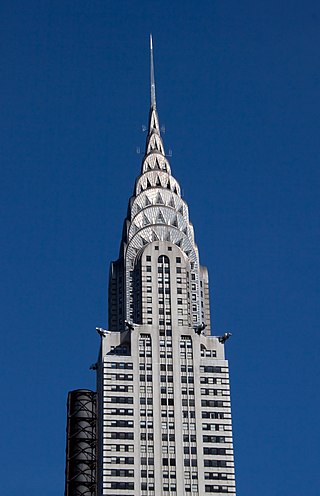
Art Deco, short for the French Arts Décoratifs, and sometimes just called Deco, is a style of visual arts, architecture, and product design, that first appeared in France in the 1910s, and flourished in the United States and Europe during the 1920s and 1930s. Through styling and design of the exterior and interior of anything from large structures to small objects, including how people look, Art Deco has influenced bridges, buildings, ships, ocean liners, trains, cars, trucks, buses, furniture, and everyday objects like radios and vacuum cleaners.
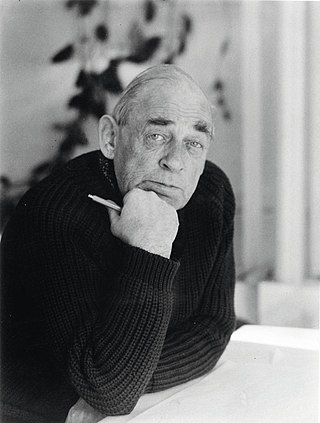
Hugo Alvar Henrik Aalto was a Finnish architect and designer. His work includes architecture, furniture, textiles and glassware, as well as sculptures and paintings. He never regarded himself as an artist, seeing painting and sculpture as "branches of the tree whose trunk is architecture." Aalto's early career ran in parallel with the rapid economic growth and industrialization of Finland during the first half of the 20th century. Many of his clients were industrialists, among them the Ahlström-Gullichsen family, who became his patrons. The span of his career, from the 1920s to the 1970s, is reflected in the styles of his work, ranging from Nordic Classicism of the early work, to a rational International Style Modernism during the 1930s to a more organic modernist style from the 1940s onwards.

Art Nouveau is an international style of art, architecture, and applied art, especially the decorative arts. The style is known by different names in different languages: Jugendstil in German, Stile Liberty in Italian, Modernisme in Catalan, and also known as the Modern Style in English. It was popular between 1890 and 1910 during the Belle Époque period, and was a reaction against the academic art, eclecticism and historicism of 19th century architecture and decoration. It was often inspired by natural forms such as the sinuous curves of plants and flowers. Other characteristics of Art Nouveau were a sense of dynamism and movement, often given by asymmetry or whiplash lines, and the use of modern materials, particularly iron, glass, ceramics and later concrete, to create unusual forms and larger open spaces.

Louis Comfort Tiffany was an American artist and designer who worked in the decorative arts and is best known for his work in stained glass. He is the American artist most associated with the Art Nouveau and Aesthetic movements. He was affiliated with a prestigious collaborative of designers known as the Associated Artists, which included Lockwood de Forest, Candace Wheeler, and Samuel Colman. Tiffany designed stained glass windows and lamps, glass mosaics, blown glass, ceramics, jewellery, enamels, and metalwork. He was the first design director at his family company, Tiffany & Co., founded by his father Charles Lewis Tiffany.
The Aalto Vase, also known as the Savoy Vase, is a piece of glassware created by Alvar Aalto and his wife Aino that has become an internationally known iconic piece of Finnish design. It became known as the Savoy Vase because it was one of a range of custom furnishings and fixtures created by Alvar and Aino Aalto for the luxury Savoy restaurant in Helsinki that opened in 1937.
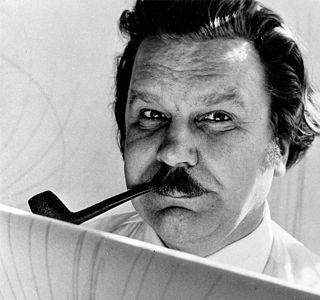
Tapio Veli Ilmari Wirkkala was a Finnish designer and sculptor, a major figure of post-war design.

Kaj Gabriel Franck was one of the leading figures of Finnish design and an influential figure in design and applied arts between 1940 and 1980.

Timo Tapani Sarpaneva was an influential Finnish designer, sculptor, and educator best known in the art world for innovative work in glass, which often merged attributes of display art objects with utilitarian designations. While glass remained his most commonly addressed medium, he worked with metal, wood, textiles, and porcelain (china). Sarpaneva has entered homes around the world through his industrial design of upscale, artistically conceived items, including cast-iron cookware and porcelain dinnerware. His work was among the key components that helped to launch Finland's reputation as a trailblazer of design.
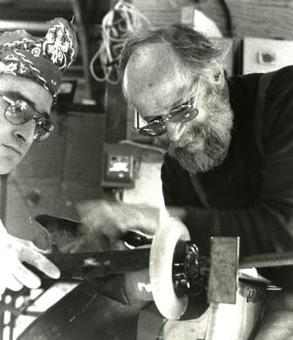
Harvey Littleton was an American glass artist and educator, one of the founders of the studio glass movement; he is often referred to as the "Father of the Studio Glass Movement". Born in Corning, New York, he grew up in the shadow of Corning Glass Works, where his father headed Research and Development during the 1930s. Expected by his father to enter the field of physics, Littleton instead chose a career in art, gaining recognition first as a ceramist and later as a glassblower and sculptor in glass. In the latter capacity he was very influential, organizing the first glassblowing seminar aimed at the studio artist in 1962, on the grounds of the Toledo Museum of Art. Imbued with the prevailing view at the time that glassblowing could only be done on the factory floor, separated from the designer at his desk, Littleton aimed to put it within the reach of the individual studio artist.
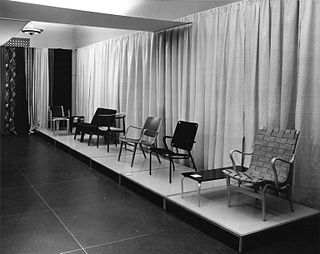
Scandinavian design is a design movement characterized by simplicity, minimalism and functionality that emerged in the early 20th century, and subsequently flourished in the 1950s throughout the five Nordic countries: Denmark, Finland, Norway, Sweden, and Iceland.

Iittala, founded as a glassworks in 1881, is a Finnish design brand specialising in design objects, tableware and cookware. Iittala's official i-logo was designed by Timo Sarpaneva in 1956.

Harri Koskinen is a Finnish designer, born 1970 in Karstula, Finland. He has studied at the Institute of Art and Design in Helsinki.

Erik Stefan Lindfors, known as Stefan Lindfors is a Finnish industrial designer, interior designer, film-maker and sculptor. He attended high school at the Åbo Cathedral School in Turku in 1982, and then went on to study design at the University of Art and Design Helsinki, completing his studies in 1988.
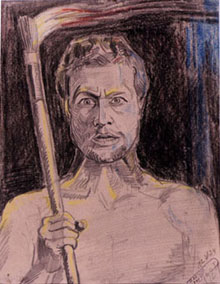
Aleksanteri Ahola-Valo was a Finnish artist, architect and thinker. Inventor of "AE-evohomology" life philosophy. He was a witness to the Russian Revolution.
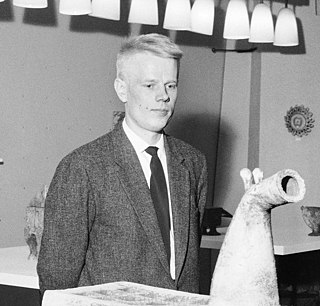
Oiva Kalervo Toikka was a Finnish glass designer, best known for his designs for Iittala.

Jens Harald Quistgaard was a Danish sculptor and designer, known principally for his work for the American company Dansk Designs, where he was chief designer from 1954 and for the following three decades.
Roger Tallon was a French industrial designer.

Carin Lisa Johansson-Pape née Johansson was a Finnish designer, best known for her work in lighting. She was the most significant Finnish lighting designer in the second half of the 1900s. Her priorities were first about the functions then the design.
Hans Göran Andreas Hongell, son of Hilda Hongell was a Finnish designer, best known for his work with glass. After studying decorative painting Göran Hongell and a fellow student Gunnar Forsström established a decorative painting studio that designed posters and painted decorations for public areas. In 1932 Hongell was hired as a designer by Karhula-Iittala. His position became permanent in 1940. Hongell was the first designer to be hired by a Finnish glassworks.
Heikki Orvola is a Finnish designer and planner. He started his career as a designer in the 1960s. In 1968, he started to work at the Nuutajärvi glassworks. In 1972, he designed the Aurora set of glasses for Iittala. With Fujiwo Ishimoto he designed the Illusia tableware for Arabia Ceramics Factory.
















